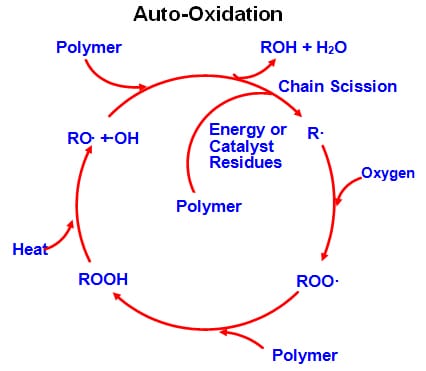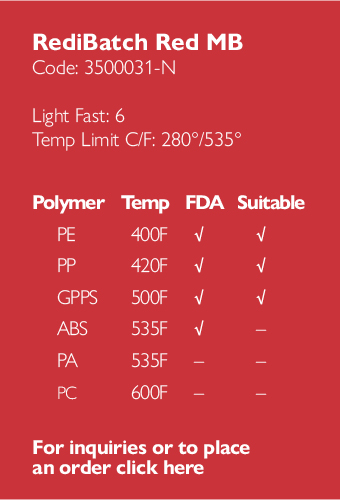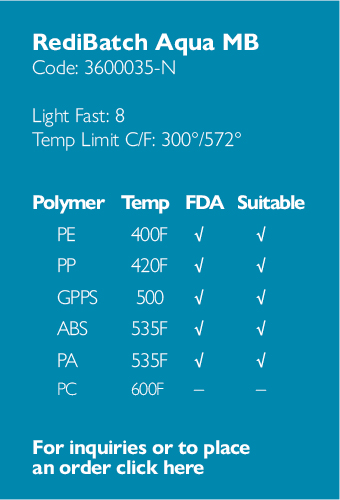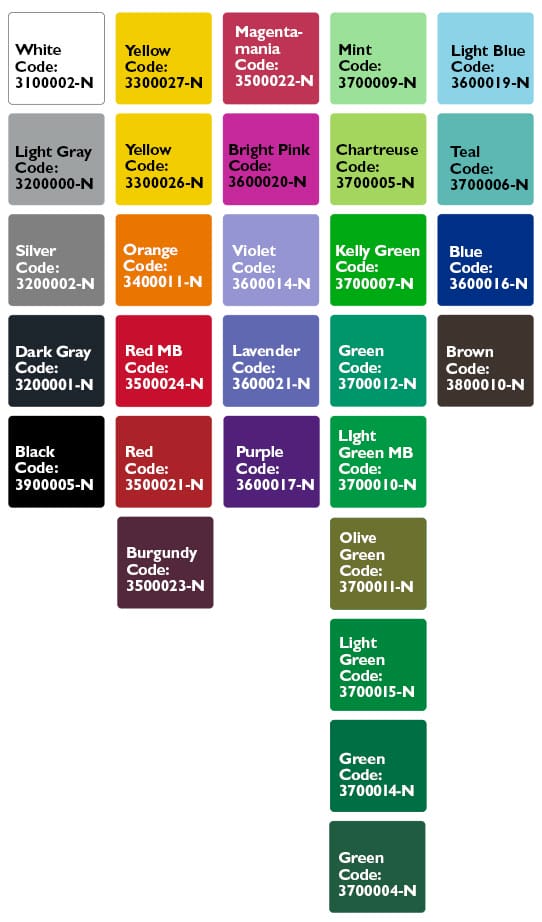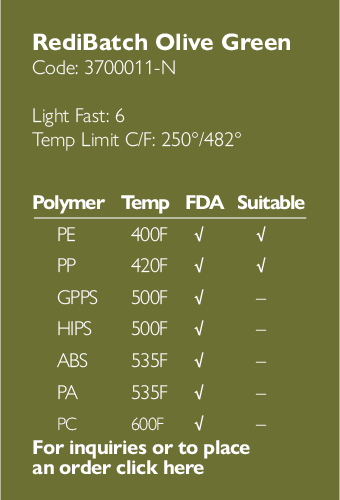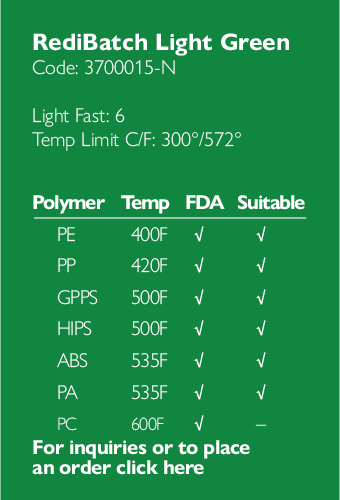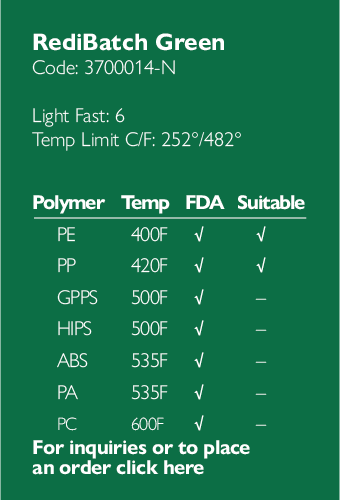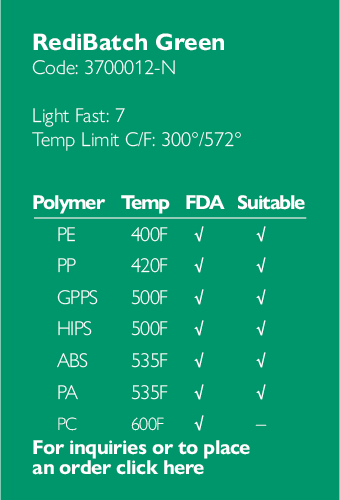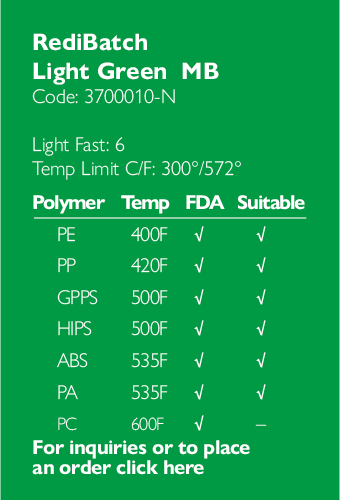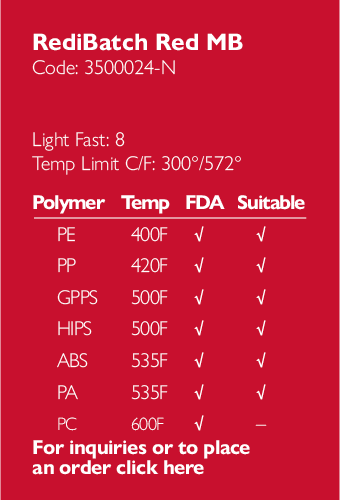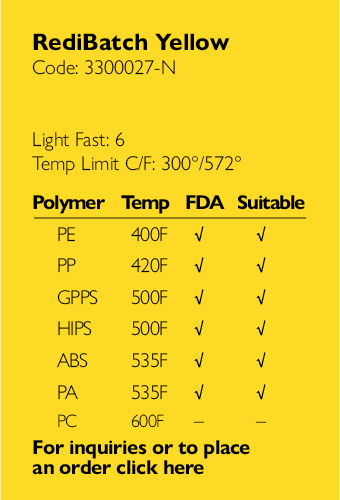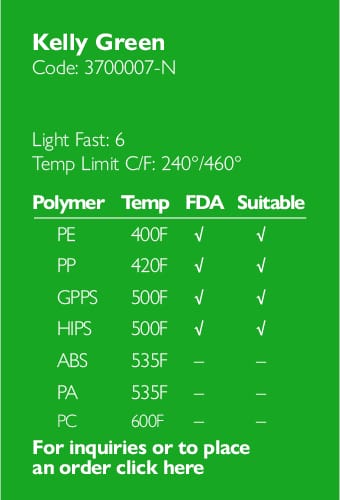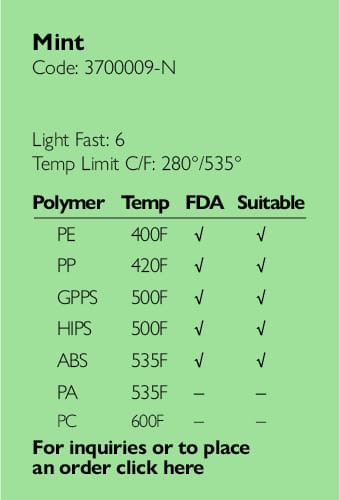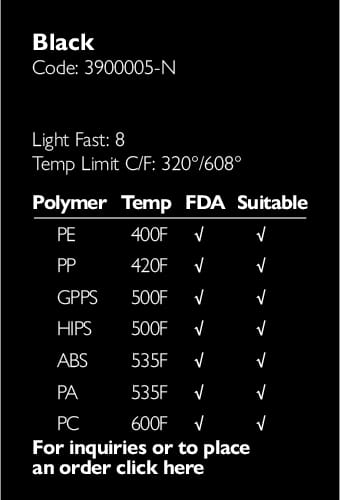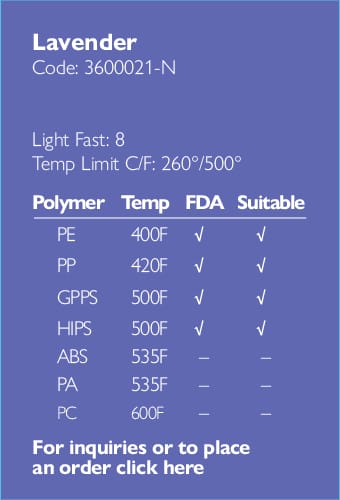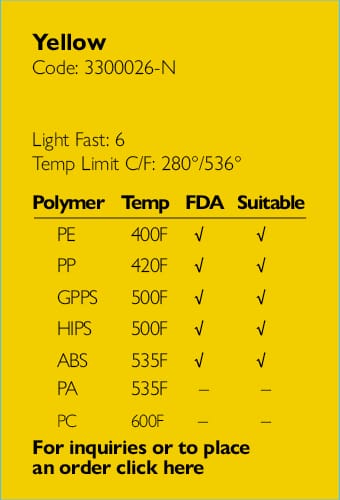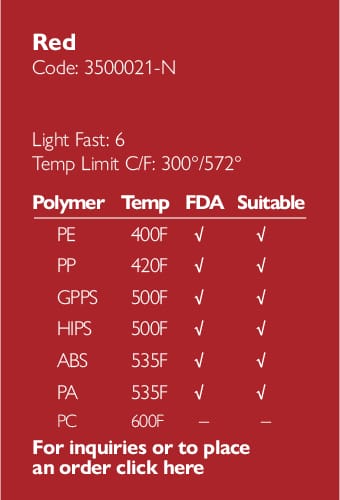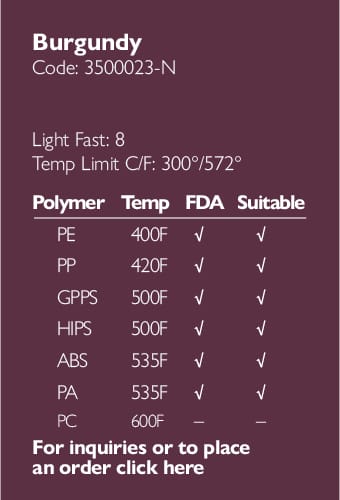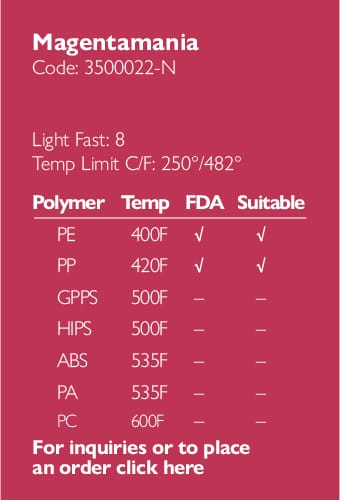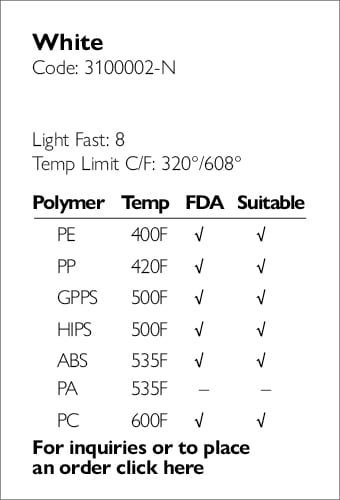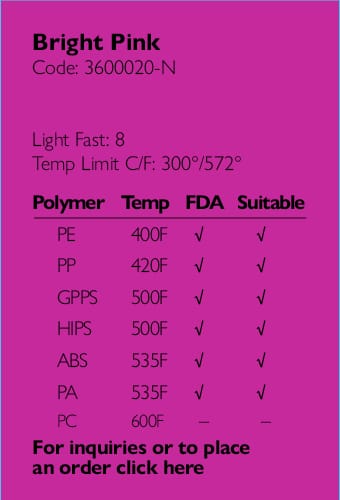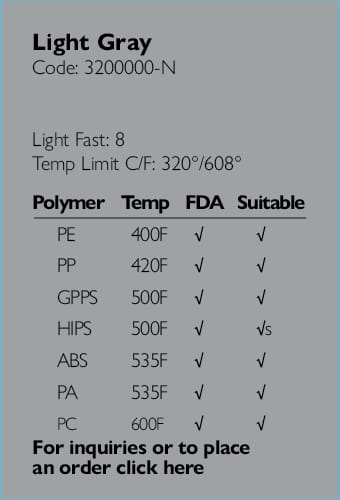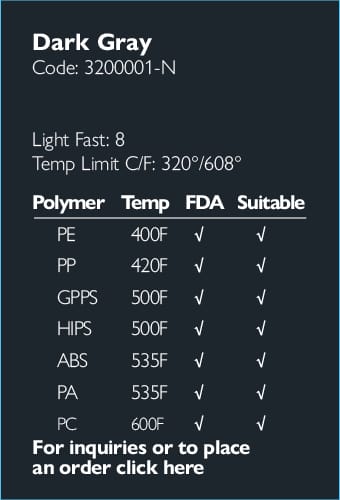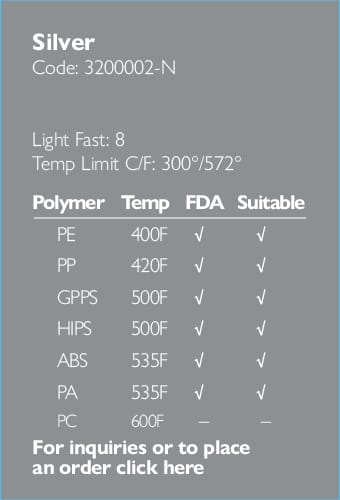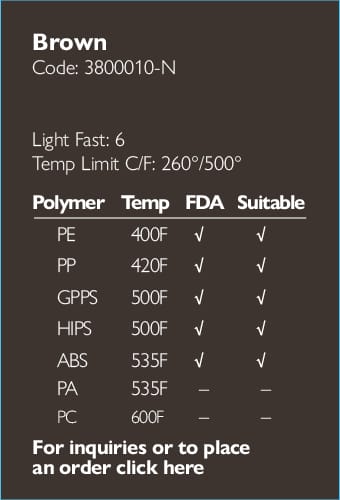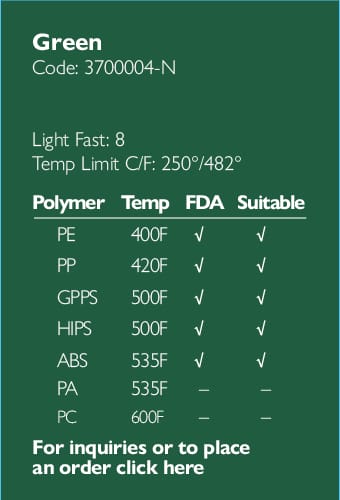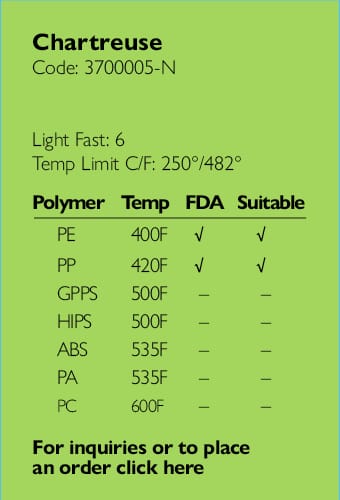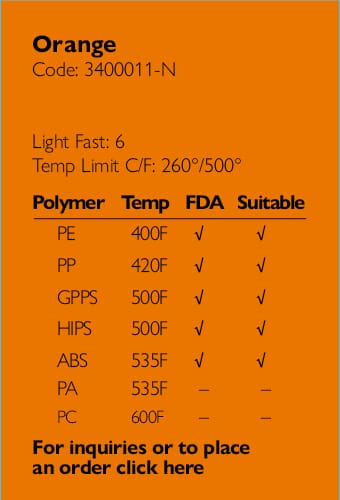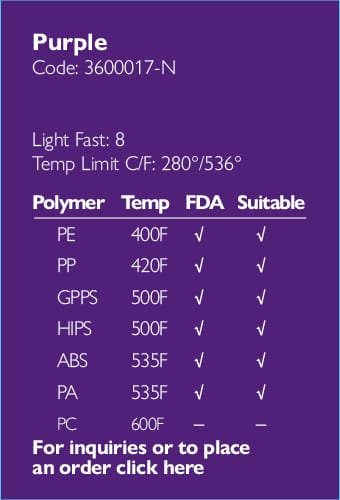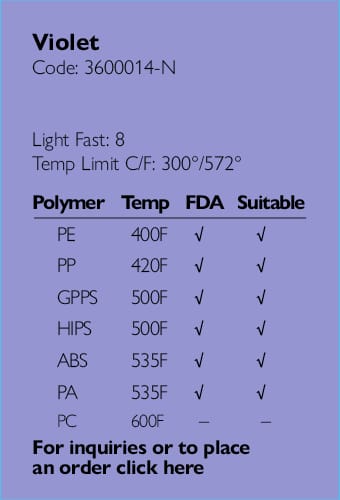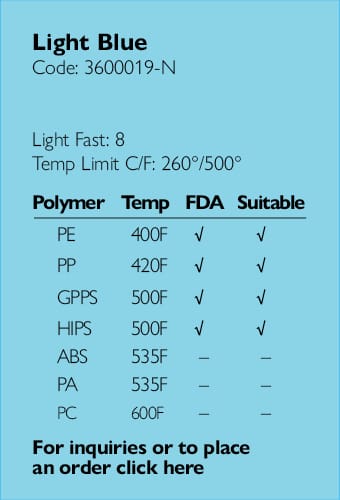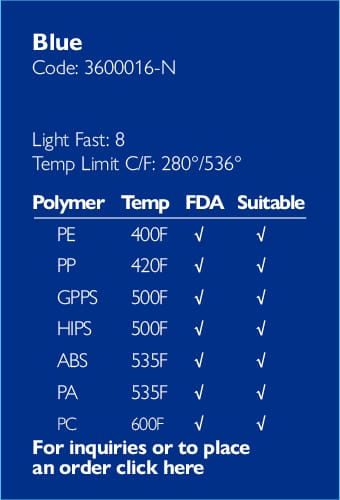Light stabilizers can be added to plastics to protect them from the degradative effects of exposure to sun and weather. Polyolefins are susceptible to attack by ultraviolet light, oxygen, moisture, and heat resulting in polymer brittleness, surface crazing, color change and product failure.
The process of photo-degradation involves two distinct processes. The first is photolysis which is the absorption of UV radiation and the formation of free radicals due to the breaking of the molecular bond of the polymer. The second is autoxidation which involves the reaction of the free radical formed during photolysis with oxygen to form a peroxy radical. This new radical then attacks the polymer backbone generating another free radical. As the process proceeds more and more free radicals are formed and an ever increasing number of polymer molecules are oxidized. The autoxidation cycle is diagramed below.
There are three major classes of light stabilizers for polyolefins.
- UV Absorbers: Typical examples are benzophenones and benzotriazoles. These are low cost, effective stabilizers that function by the absorption of UV light. They are effective for short-term exposures.
- Nickel Quenchers: Energy Transfer Agents that function by “quenching” the excited state of carbonyl groups formed during photo-oxidation, and also through the decomposition of hydroperoxides. These types of stabilizers are not in wide use since they contain heavy metal, impart color to the final product and are not as effective as the HALS discussed in the next paragraph.
- Hindered Amine Light Stabilizers (HALS): The most effective of the light stabilizers for polyolefins. Available in a wide range of molecular weights and structures suitable for almost any application. They can also perform as long-term thermal stabilizers (HATS). They function by “trapping” free radicals formed during the photo-oxidation process. Since all three stabilizer types function by different mechanisms, they are often used in combinations which can be synergistic. For example, HALS are commonly used with benzotriazoles, to minimize color changes in pigmented systems. All of the above stabilizers will function most effectively in the presence of an appropriate base stabilization package containing both primary and secondary antioxidants, along with a residual catalyst neutralizer.
It is necessary to note that the gauge of the product, the geographic location of exposure and the chemical environment are among the crucial factors in determining the amount of stabilizer needed for a particular application.

